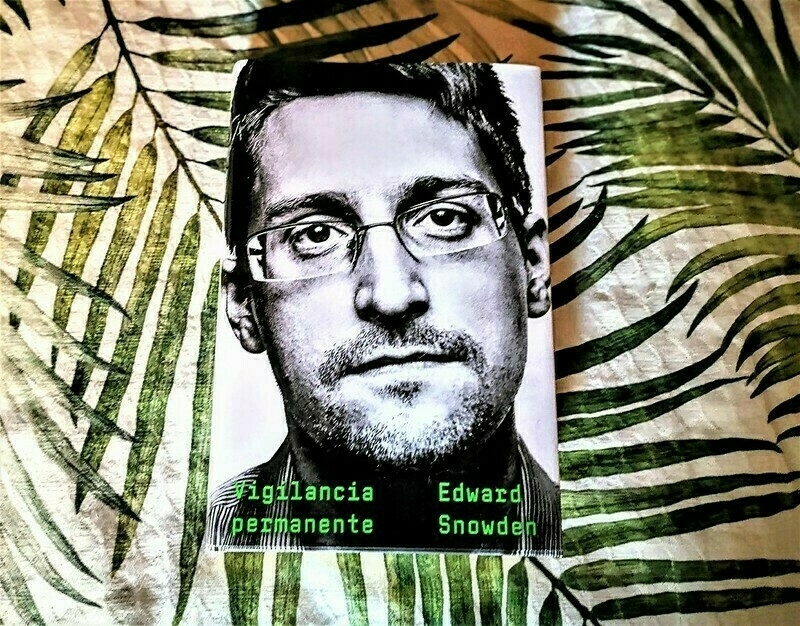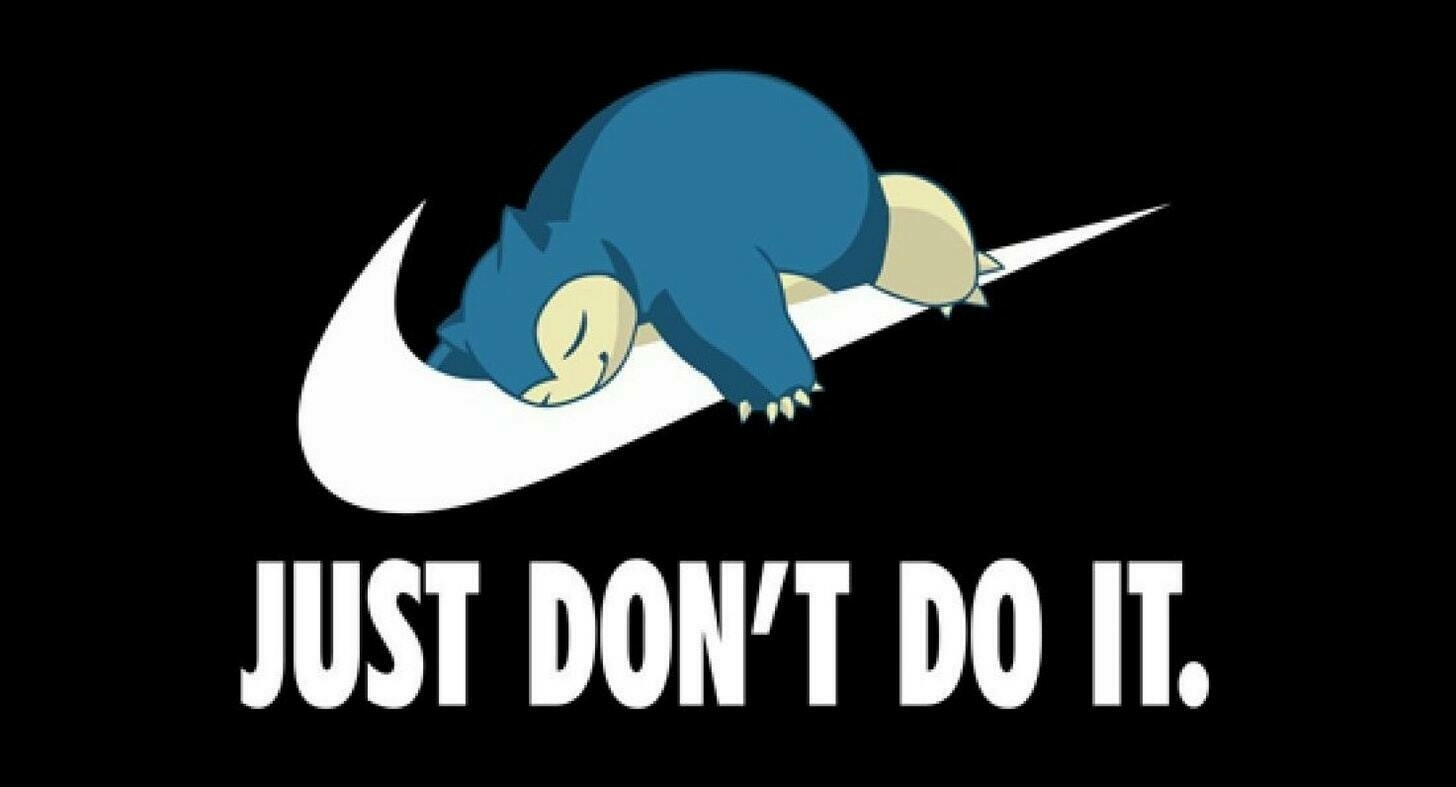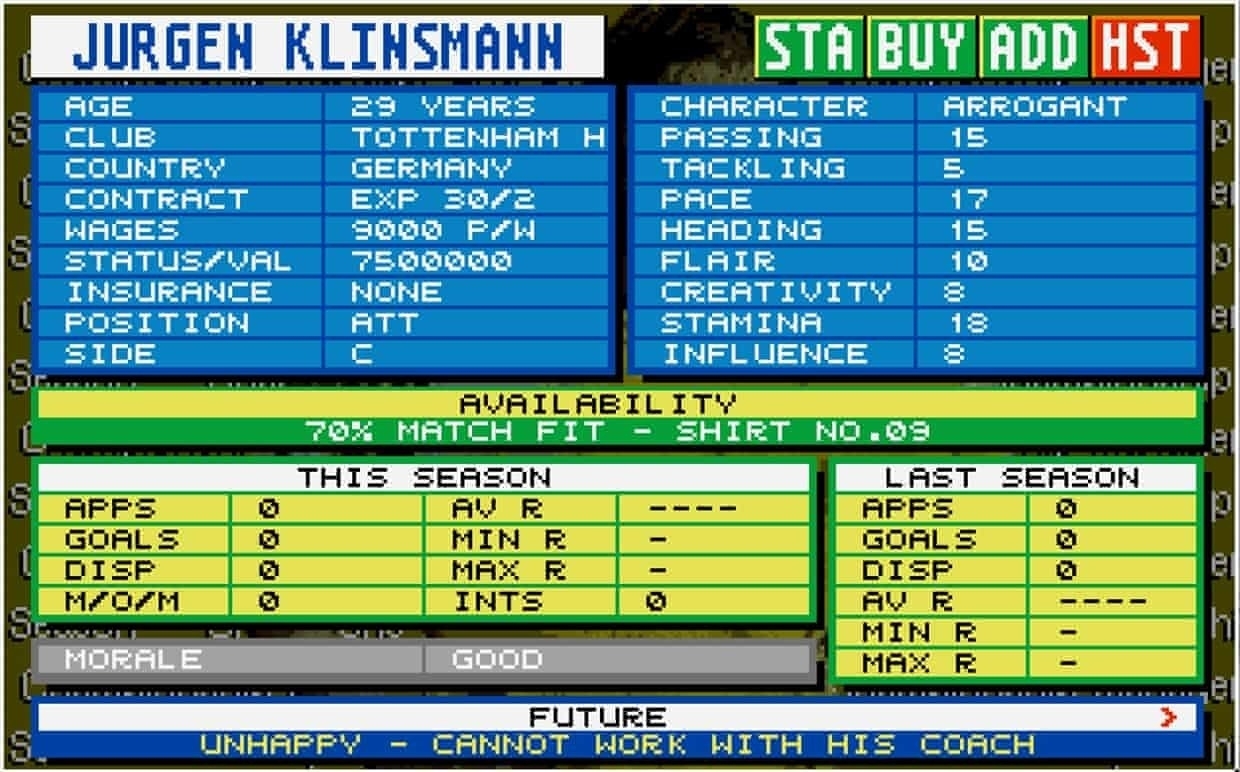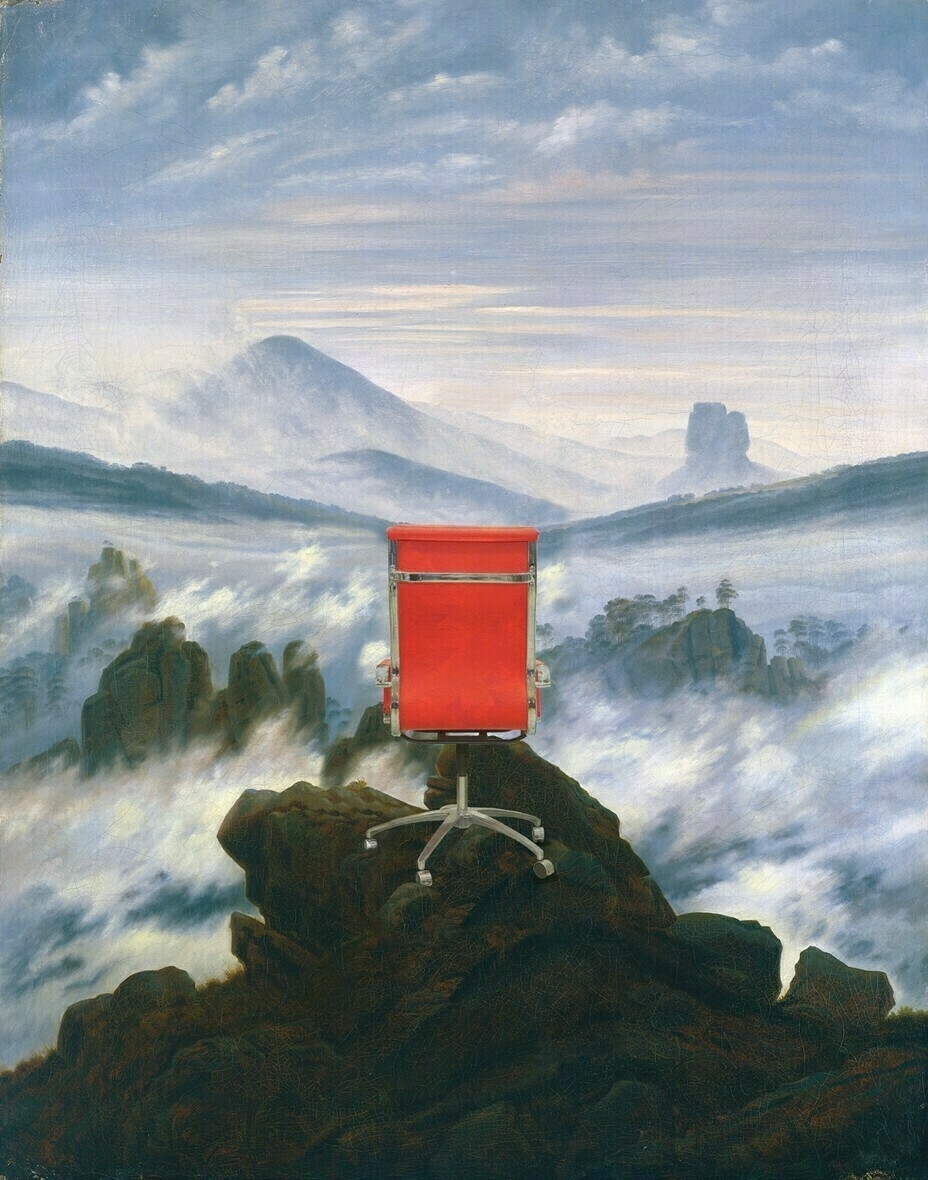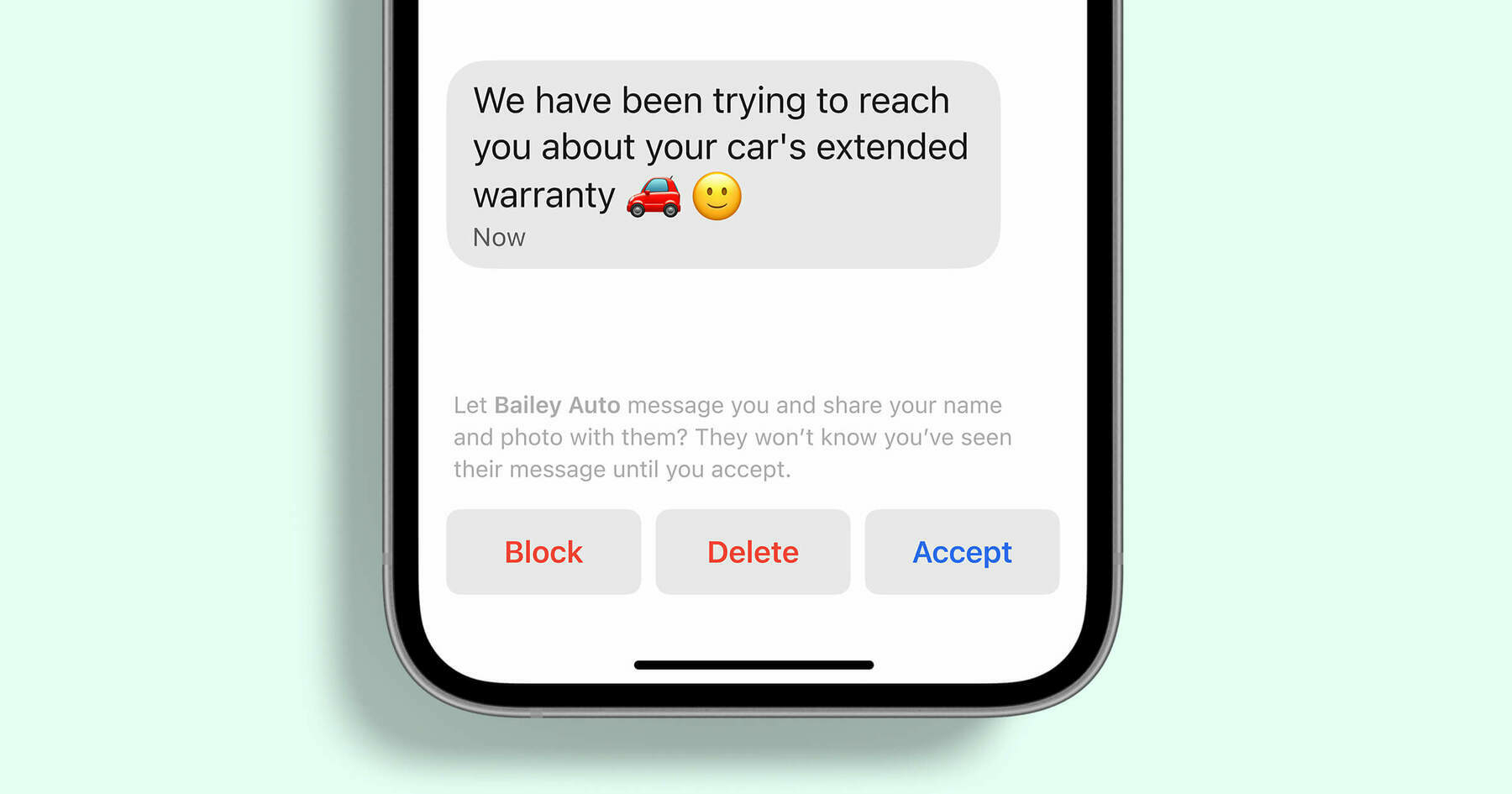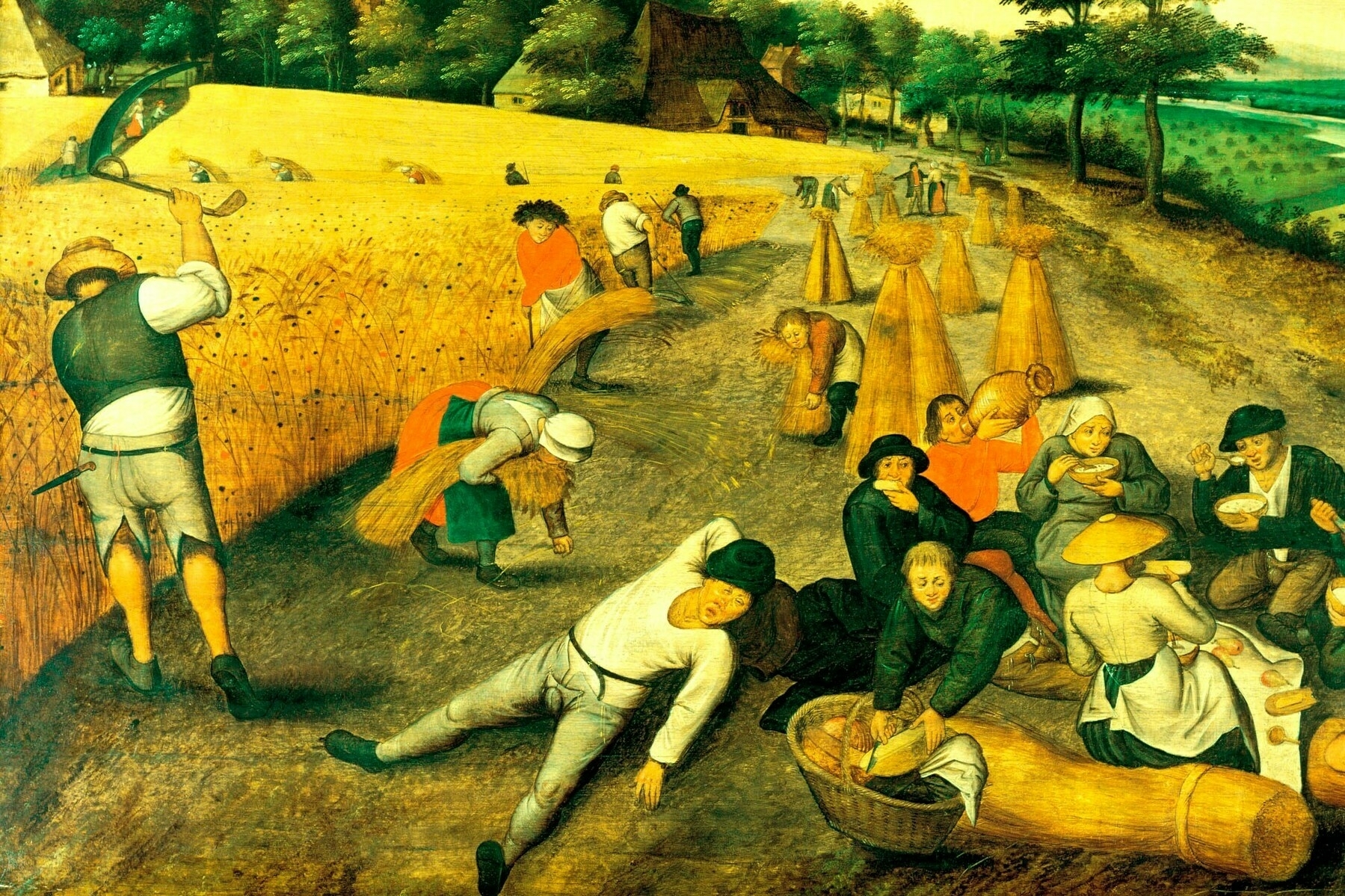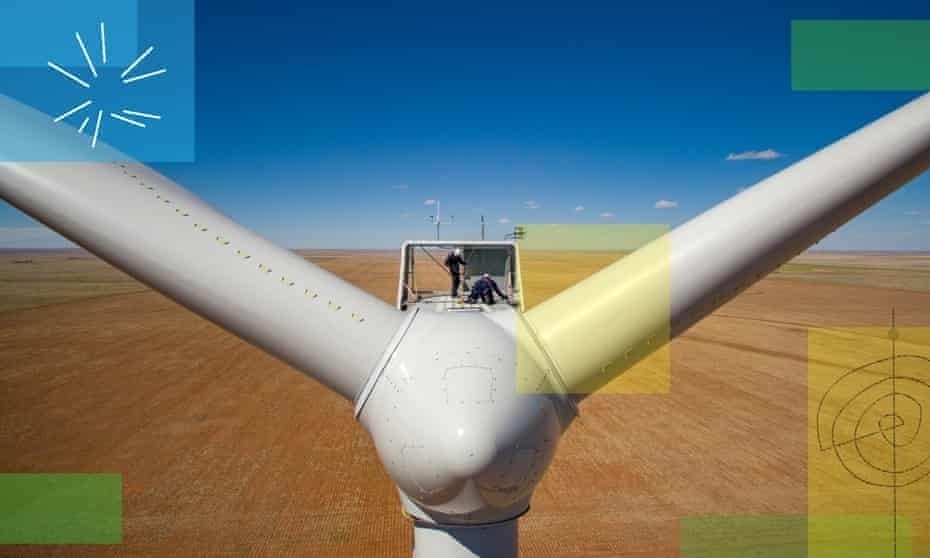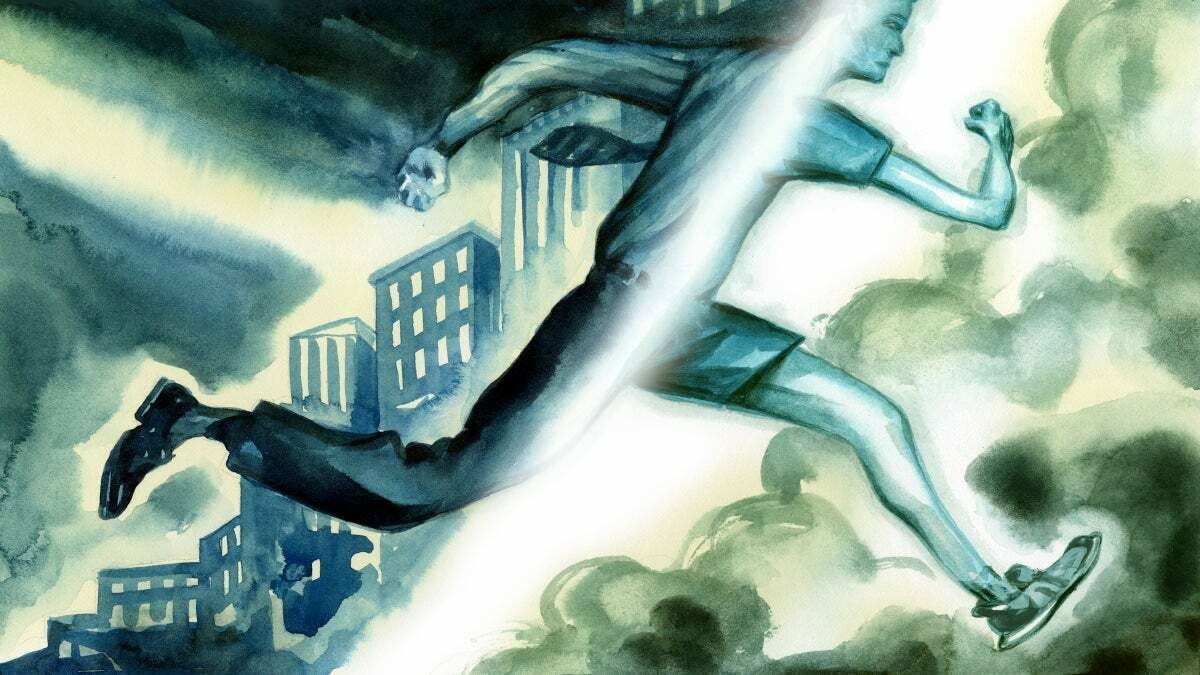Games as a cultural, educational, and predictive force
As a gamer, I grow frustrated with people who don’t consider games to be an art form and vehicle for stories comparable with other cultural pursuits.
Take for example one of the biggest games of this year, the recently released Battlefield 2042. Not only is it a technical and cultural milestone, but it presents a plausible timeline for how things could go given our current trajectory: climate, migration, wars, you name it.
I highly recommend watching this 9-minute short film:2037
Humanity adapts to the new normal. Revolutions in energy, desert irrigation, hydraulic levees, and sea walls save coastal cities, reclaim farmland, and rebuild supply chains. Hope of finding stability leads to some nations re-opening their borders.
However, with no way to repatriate 1.2 billion people, No-Pats become a permanent fixture in all economic, military, and social policy making. Many No-Pats are still distrustful of the governments that exiled them and refuse calls to reassimilate. No-Pat leaders emerge, inspiring a new identity unbound to former nationality, drawing a line in the sand between the Old World and The New Normal. #WeAreNoPats becomes a rallying cry.
[embed]www.youtube.com/watch
Big Tech companies may change their names but they will not voluntarily change their economics
I based a good deal of Truth, Lies, and Digital Fluency, a talk I gave in NYC in December 2019, on the work of Shoshana Zuboff. Writing in The New York Times, she starts to get a bit more practical as to what we do about surveillance capitalism.
As Zuboff points out, Big Tech didn’t set out to cause the harms it has any more than fossil fuel companies set out to destroy the earth. The problem is that they are following economic incentives. They’ve found a metaphorical goldmine in hoovering up and selling personal data to advertisers.
Legislating for that core issue looks like it could be more fruitful in terms of long-term consequences. Other calls like “breaking up Big Tech” are the equivalent of rearranging the deckchairs on the Titanic.
Democratic societies riven by economic inequality, climate crisis, social exclusion, racism, public health emergency, and weakened institutions have a long climb toward healing. We can’t fix all our problems at once, but we won’t fix any of them, ever, unless we reclaim the sanctity of information integrity and trustworthy communications. The abdication of our information and communication spaces to surveillance capitalism has become the meta-crisis of every republic, because it obstructs solutions to all other crises.Source: You Are the Object of Facebook’s Secret Extraction Operation | The New York Times[…]
We can’t rid ourselves of later-stage social harms unless we outlaw their foundational economic causes. This means we move beyond the current focus on downstream issues such as content moderation and policing illegal content. Such “remedies” only treat the symptoms without challenging the illegitimacy of the human data extraction that funds private control over society’s information spaces. Similarly, structural solutions like “breaking up” the tech giants may be valuable in some cases, but they will not affect the underlying economic operations of surveillance capitalism.
Instead, discussions about regulating big tech should focus on the bedrock of surveillance economics: the secret extraction of human data from realms of life once called “private.” Remedies that focus on regulating extraction are content neutral. They do not threaten freedom of expression. Instead, they liberate social discourse and information flows from the “artificial selection” of profit-maximizing commercial operations that favor information corruption over integrity. They restore the sanctity of social communications and individual expression.
No secret extraction means no illegitimate concentrations of knowledge about people. No concentrations of knowledge means no targeting algorithms. No targeting means that corporations can no longer control and curate information flows and social speech or shape human behavior to favor their interests. Regulating extraction would eliminate the surveillance dividend and with it the financial incentives for surveillance.
Momentum over details
I subscribed to Laura Olin’s newsletter recently, and the first issue I received mentioned how the late Dave Graeber “liked to… write propped up in the bathtub or lying on the floor; that way, it didn’t feel like work”.
She also links to another newsletter issue by Kate McKean, which I quote below, about just getting on with things, keeping the momentum going, and not getting stuck with details. It reminds me of my collaborations this week (in a good way!)
Which leads me to my newest revelation: just write it down now! You can fix it later! Truly and honestly, you can fix it later. Do you know how many TKs are in my book right now? (TK is copyediting shorthand for I’ll fill it in later) Instead of trying figure out what day of the week it is in my book, it literally says “TK weekday.” I was in the middle of a scene when I realized one of the characters in it couldn’t physically be there at that time, so I deleted his name and wrote “TK some other guy” and kept going! I liked the scene! I’ll figure out that TK later! Or I will cut it! The words exist now, which means they can be edited, refined, deleted, kept. You’re going to edit your book five thousand times; you won’t notice one more. And for those of you who worry that’s going to add time to an already long and arduous process, well, I say that if it gets you to The End faster, even if you have to go back to all those TK’s, you’re that much better off.Source: How to Like What You Write | Kate McKean
Image: CC BY-NC-ND Alan Bloom
Aimless wandering in search of the unknown catalyst
It might not be too much of a stretch to describe Edward Snowden as a hero of mine. I’m not sure what he’s still doing in Russia, but the moral conviction it took to do what he did is staggering.
He writes in exile through a newsletter which is well worth subscribing to. In his most recent missive, he talks about lacking what he calls “origination energy”. On a much smaller level and more insignificant level, I lack this too — especially at this time of year.
So as the young people say, I feel seen.
For a long time now, I’ve wanted to write to you, but found myself unable. Not from illness—although that came and went—but because I refuse to put something in your inbox that I feel isn’t worth your time.Source: Cultural Revolutions | Edward SnowdenThe endless stream of events that the world provides to remark upon has the tendency to take on an almost physical weight, and robs me of what I can only describe as origination energy: the creative spark that empowers us not simply to do something, but to do something new. Without it, even the best of what I can produce feels derivative and workmanlike—good enough for government, perhaps, but not good enough for you.
I suspect you may know a similar struggle—you can tell me how you fight it below, if you like—but my only means for overcoming it is an aimless wandering in search of the unknown catalyst that might help me to refill my emptied well. Where once I might have had a good chance of walking away inspired by the empathy I felt while watching a sad, sad film, achieving such inspiration feels harder now, somehow. I have to search farther, and wander longer, across centuries of painting and music until at last, when passing by a dumpster, yesterday’s internet comment might suddenly pop into my head and blossom there, as if a poem. The thing—the artifact itself—doesn’t matter, so much as what it does for me—it enlivens me.
This, to me, is art.
Image CC BY-NC-ND: Antonio Marín Segovia
Surveillance vs working openly
Austin Kleon is famous for his book Show Your Work, something that our co-op references from time to time, as it backs up our belief in working openly.
However, as Kleon points out in this post, it doesn’t mean you need to livestream your creative process! For me, this is another example of the tension between being able to be a privacy advocate at the same time as a believer in sharing your work freely and openly.
It’s bad enough trying to create something when nobody’s watching — the worst trolls are the ones that live in your head!Source: You can’t create under surveillance | Austin KleonThe danger of sharing online is this ambient buildup of a feeling of being surveilled.
The feeling of being watched, or about to be watched.
You have to disconnect from that long enough to connect with yourself and what you’re working on.
A Timeline of Earth's Average Temperature
I can’t argue with every anti-vaxxer and climate denialist, but I can debate a few on my timeline. And this xkcd is another useful thing to point towards when they talk about how climate change is nothing new…
Source: xkcd: Earth Temperature Timeline
Platform power and infrastructure
John Naughton writes notes that we need to describe a fourth kind of power alongside compelling us to do something, stopping us from doing something, or shaping the way we think.
The great unsolved problem of our time is how to deal with – and where necessary curb – the unaccountable power of these giants. The first step on that road is to reach a collective understanding of what kind of power they actually wield. And for that we need a taxonomy. In an earlier era, the political theorist Steven Lukes proposed one. There were, he said, three kinds of power: the ability to compel people to do what they don’t want to do, the ability to stop them doing something they want to do and the ability to shape the way they think. This last one was useful in addressing the power of influential media owners (Rupert Murdoch, for example) in the old media ecosystem. But although it still applies in some ways to social media, it’s less useful for the networked ecosystem we now inhabit; we need another category.Source: How can we tame the tech giants now that they control society’s infrastructure? | The Guardian“Platform power” is one possibility. The tech giants all possess it to a greater or lesser degree. In Apple’s case, for example, it owns and controls two important platforms – ie, software systems on which other agents can build businesses: they are the operating systems on which its devices run and its app store, which decides what apps are allowed on Apple devices. Google owns several platforms – a search engine and its associated advertising marketplace, the Android mobile operating system, YouTube and Google cloud services. Facebook (whose holding company is now rebranded as Meta) also owns several – Facebook, Instagram and WhatsApp; Twitter owns, er, Twitter; Amazon owns its marketplace and cloud services; and Microsoft owns the Windows/Office platform and a fast-growing cloud service, Azure.
Proving endemic racism and sexism in the world of football
Anyone who follows football will perhaps be disappointed yet unsurprised that racism and sexism continue to be part of the beautiful game.
This study is clever in the way that it shows that those watching football matches use coded language and are biased against women. Hopefully, it will help all of us figure out better ways forward.
(I actually really enjoy watching women’s football with my family!)
The resulting paper, “Pace and Power: Removing unconscious bias from soccer broadcasts,” caused a stir when they presented it at last month’s New England Symposium on Statistics in Sports. Of the 47 sports fans who watched a two-minute clip of the World Cup TV broadcast, 70 percent said that Senegal, whose players were all Black, was “more athletic or quick.” But of 58 others who saw an animation of the same two minutes without knowing which teams they were watching, 62 percent picked Poland, whose players were all white, as the more athletic side.1 The physical advantages that supposedly defined the African team’s style of play disappeared as soon as their skin color did.Interestingly, they also looked at gender as well as race:[…]
The athleticism flip-flop offers a new kind of evidence of a prejudice that affects how Black players of every nationality are perceived. For decades, researchers have documented media stereotypes of African players as “‘powerful,’ ‘big-thighed,’ ‘lithe of body,’ ‘big,’ ‘explosive,’ and like ‘lightning,’ attributes that were to be contrasted with ‘the know-how that England possess.’” As Belgian forward Romelu Lukaku, who is Black, told The New York Times, “It is never about my skill when I am compared to other strikers.” Now, for the first time, researchers have a way to isolate how race influences direct perceptions of the game.
The study also examined attitudes toward gender by showing viewers a pair of two-minute clips, one from the American top-flight National Women’s Soccer League and another from League Two, the English men’s fourth tier. Even though the NWSL draws more fans to games, its average player earns about a quarter as much as the average player in League Two. Gregory and Pleuler were curious whether this “clear gender pay gap” could be explained by a difference in the quality of the soccer shown on TV, as some have argued.Source: Soccer Looks Different When You Can’t See Who’s Playing | FiveThirtyEightPeople who watched the broadcasts said that the men’s game was “higher quality” by a 57 percent to 43 percent margin. Those who saw the renders with genderless stick figures preferred the women’s match, 59 percent to 41 percent. The results weren’t statistically significant across a small sample of 105 mostly male respondents, but Pleuler believes the line of research is promising. “I think these results are suggestive that your average soccer fan can’t tell the difference between something that does have a large investment level and the women’s game, which does not,” he said.
Just Don't Do It
This isn’t an easy article to cite, mainly because I want to quote both it and some commentary by Andrew Curry. The original article is paywalled, so I’m going to rely on Curry’s quotations.
I’m particularly interested in this because I’m one of the oldest Millennials (I was born nine days before the end of 1980). There’s something about my generation whereby we’re just not going to take that Boomer shit any more.
It turns out the latest moral panic about work —at least, abut our contemporary idea of work—is being fuelled by ‘The Great Resignation’ in the US, which I wrote about here recently. (‘The four Rs of post-pandemic America.’)Curry quotes Lowry as saying:One of the elements of this is that it is Millennials who are disproportionately more likely to quit. One might say, ‘what are these young people thinking of?’, were it not for the fact that the oldest Millennials are 41 this year; half a lifetime in, in other words.
The writer Erin Lowry, who has written multiple books on Millennials, and is a Millennial herself, is having none of it. In a (partly gated) short column in Bloomberg, she suggests instead that the games’s up for the version of work that has been normalised in the last two decades.
After 18 months of pandemic uncertainty altering how we work, it makes sense we’d return to the questions of why we work, and how our jobs affect our quality of life. Is there perhaps another way to earn an income that better aligns with our overall goals? Couldn’t we create a future of no longer using a career as the primary or sole basis of our identity and self-satisfaction? Shouldn’t this be a moment to consider how to work to live instead of live to work?Source: Work | Ancestors | Just Two Things[…]
We can theorize that this burnout comes from the increasingly blurred boundaries between being on and off the clock. From being conditioned to believe that appearing “always available” is the hallmark of a promotable employee. From jobs that once required a high school diploma suddenly demanding a bachelor’s degree, forcing young people to get mired in never-before-seen levels of student loan debt.
Carbon emissions per km
Now that I'm not flying any more, I need to figure out ways to get to places where I'd usually travel by plane.
For example, I'm travelling to the Netherlands next month. Fortunately, instead of having to go down from the north of England, through London, and then across to Paris and then Amsterdam, I can take the ferry.
But what about the carbon emissions of ferries? Thankfully, for foot passengers they are, on average, even smaller than those of coaches.
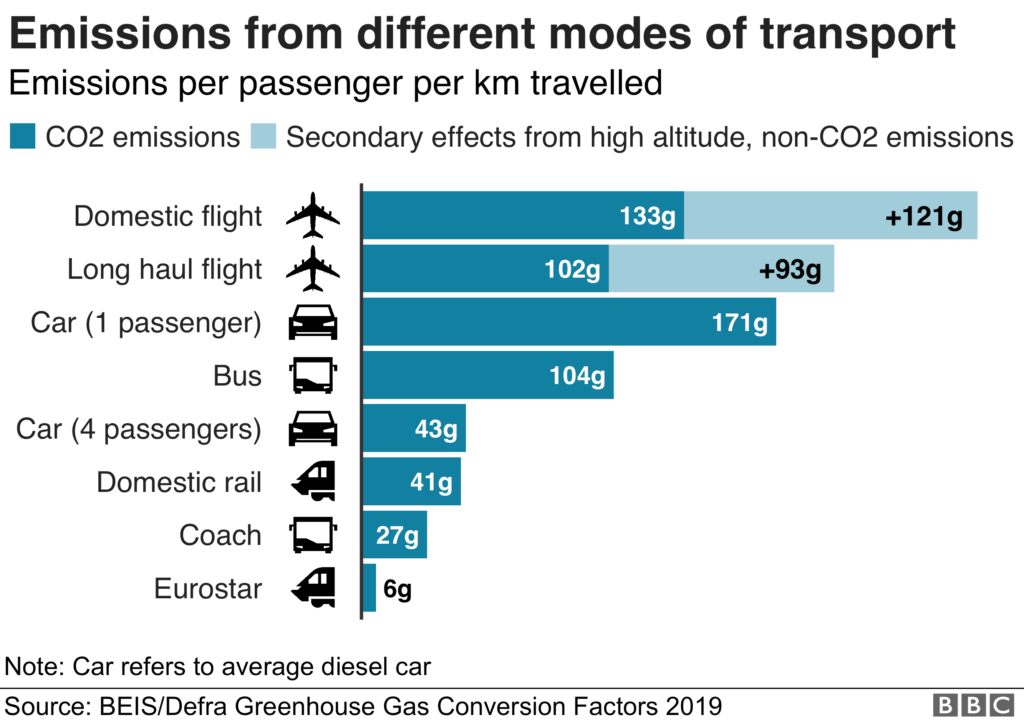
Train virtually always comes out better than plane, often by a lot. A journey from London to Madrid would emit 43kg (95lb) of CO2 per passenger by train, but 118kg by plane (or 265kg if the non-CO2 emissions are included), according to EcoPassenger.
[...]
The [Department for Business, Energy and Industrial Strategy] has also put a figure on ferry transport - 18g of CO2 per passenger kilometre for a foot passenger, which is less than a coach, or 128g for a driver and car, which is more like a long-haul flight.
Source: Climate change: Should you fly, drive or take the train?
Whitelabelling Stadia tech
I recognise that this is rather niche, but as a fan of Google Stadia, this is great to see. For some reason, there’s a lot of people who seem to want cloud gaming… not to work?
The thing is that it’s here, working, and pretty awesome. Yes, there’s rough edges at times, but the technology and culture around it is a lot less mature than the more traditional model.
“This is being powered by the Stadia technology,” an AT&T representative tells The Verge. “For this demo AT&T created a front end experience to enable gamers to play Batman Arkham Knight directly from their own website and the game is playable on virtually any computer or laptop.” Although AT&T calls it a “demo,” there’s no mention of length, as shown in a short walkthrough of the experience.Source: AT&T is white-labeling Google Stadia to give you free Batman game streaming | The VergeAT&T also adds that you can stream Arkham Knight at up to 1080p and 60fps, which is the same performance you’ll get if you use Stadia for free. Paid Stadia Pro subscribers have the ability to stream up to 4K at 60fps, for which AT&T doesn’t offer an option. On the Arkham Knight page, AT&T notes that the game will be “available for a limited time.”
We also asked AT&T whether the company would be working on similar Stadia-powered games in the future or if it planned on establishing a game streaming service for customers. AT&T wasn’t able to share any additional details, but its dip into Stadia technology may open the door for other companies to follow suit.
Retro football gaming FTW
The amount of nostalgia that this article gave me was incredible. I have spent more time with the Championship Manager series of games (now Football Manager) than any game. Even FIFA.
Perhaps because it was a formative period in my life, but Championship Manager 93 and Championship Manager Italia were perhaps may favourite. I can remember playing one of them on the bus to a football tournament in Blackpool on my Dad’s laptop (with a monochrome screen!)
Theoretically, you can play these games via archive.org. But the links weren’t working for me when I tried them…
And then there was Championship Manager. The king of them all. It’s hard to explain why. It took 10 minutes to get through the classified results each week. There were about three tactics you could adopt. There was no training. But somehow it just worked. That old man on the cover pretending to be a manager pointing at you in his sheepskin coat.Source: No passing, no training, seven discs: the joys of 90s football gaming | The Guardian[…]
I recently downloaded Championship Manager 93 on my laptop. It runs slightly more quickly on a Mac. I took Cambridge United to the top of the Premier League. A front line of Darrell Powell, Dominic Iorfa and Nick Barmby were unstoppable.
How to communicate remotely
I’ve worked from home for almost a decade now and still find posts like this incredibly instructive. Not only does Olivier Lacan go through gear, but also how to set it up.
In addition, there’s a few useful tips in here about remote etiquette and when to jump on a call instead of continuing a back-and-forth via text.
By definition being remote means not being there. But feeling present goes a long way. A simple look can trigger a strong reaction and a sense of shared understanding. A slight change in intonation can convey doubt or excitement better than a paragraph. Cameras can’t magically make your expressions visible when light isn’t bouncing off your face. Backlighting or contre-jour for example is a very common mistake that I see very smart people make over and over again, even during important video calls featuring very important people you’d assume would have staff to assist them.Source: High Fidelity Remote Communication | Olivier Lacan[…]
The one-stop-shop doesn’t exist quite yet, but I can tell you from experience that you can already communicate remotely with higher fidelity than the majority of office workers through the world did even before the pandemic. While your three-dimensional presence will never be replaceable, it’s possible for two-way communication to have an unprecendented amount of subtlety.
[…]
It’s the responsibility of employers to deploy the kind of budgets already allocated toward in-office communication to remote work equipment. It’s also the role of folks like me (and you) to help educate IT departments and business leaders on hardware solutions that already exist today.
It has become quite absurd to argue that remoteness has to mean becoming a less visible and valued contributor to your organization. I hope this post can help you convince anyone who might still believe that communicating remotely still has to be a pain.
Exploration pays long-term dividends for your career
This article focuses on the work of Dashun Wang, an economist at Northwestern University, who has looked at ‘hot streaks’ in the careers of regular people.
It comes down, apparently, to exploring areas and then exploiting them. I would translate that into British English as “pissing around with stuff that looks interesting until you find a use for it”.
The conventional wisdom is that hot streaks happen in our middle age. One famous analysis of scientists and inventors found that their ability to produce Nobel Prize–winning insights and landmark technological contributions peaks between the ages of 35 and 40. Another analysis of “age-genius curves” for jazz musicians found that musical productivity rises steadily until about the age of 40 and then declines sharply.Source: Hot Streaks in Your Career Don’t Happen by Accident | The AtlanticWang’s analysis—which used a broader measure of productivity for a much larger group of people—didn’t find anything special about the productivity of middle-aged people. Instead, hot streaks were equally likely to happen among young, mid-career, and late-career artists and scientists. Other theories fell flat too. Maybe, he thought, getting hot is a numbers game, and hot streaks happen when you produce the most work. Or maybe extremely successful work periods are all about focusing on one specific type of art or scientific discipline—as the 10,000-hours-of-practice rule popularized in Malcolm Gladwell’s book Outliers suggests. Or maybe hot streaks are more about who else we’re working with, and we’re most successful when we cozy up to superstars in our domain. But no explanation fit the data set.
Until this year. This summer, Wang and his co-authors published their first grand theory of the origin of hot streaks. It’s a complicated idea that comes down to three words: Explore, then exploit.
Is this a Signal backdoor?
Maybe this is nothing. Maybe it’s something. But when an Open Source messaging app claims to need to make part of it closed source, maybe there’s something going on?
There are plenty of Open Souce solutions for email and commenting systems, so Free and Open Source (FLOSS) enthusiasts are entirely justified in wondering: is this a government backdoor?
We build Signal in the open, with publicly available source code for our applications and servers. To keep Signal a free global communication service without spam, we must depart from our totally-open posture and develop one piece of the server in private: a system for detecting and disrupting spam campaigns. Unlike encryption protocols, which are designed to be provably secure even if everyone knows how they work, spam detection is an ongoing chore for which there is no concrete resolution and for which transparency is a major disadvantage. If we put this code on the Internet alongside everything else, spammers would just read it and adjust their tactics to gain an advantage in the cat-and-mouse game of keeping spam off the network. The Signal protocols, cryptography, and source code are peer reviewed, shared for independent inspection, and provably private by design. We are bound by these security guarantees, so that your conversations and contacts remain as private and protected as ever, even if we keep spam-fighting tools out of sight.Source: Improving first impressions on Signal | Signal blog
Taking the long view on weekly working hours
I find comparative analysis of working patterns absolutely fascinating. What counts as work? What does it mean to be productive? What is the context around work?
While I can’t remember where I came across it, this analysis takes an eight-century long view on working hours. It turns out that these days most of us work more than medieval peasants did…
One of capitalism's most durable myths is that it has reduced human toil. This myth is typically defended by a comparison of the modern forty-hour week with its seventy- or eighty-hour counterpart in the nineteenth century. The implicit -- but rarely articulated -- assumption is that the eighty-hour standard has prevailed for centuries. The comparison conjures up the dreary life of medieval peasants, toiling steadily from dawn to dusk. We are asked to imagine the journeyman artisan in a cold, damp garret, rising even before the sun, laboring by candlelight late into the night.Source: Preindustrial workers worked fewer hours than today’s[…]
The contrast between capitalist and precapitalist work patterns is most striking in respect to the working year. The medieval calendar was filled with holidays. Official – that is, church – holidays included not only long “vacations” at Christmas, Easter, and midsummer but also numerous saints' andrest days. These were spent both in sober churchgoing and in feasting, drinking and merrymaking. In addition to official celebrations, there were often weeks' worth of ales – to mark important life events (bride ales or wake ales) as well as less momentous occasions (scot ale, lamb ale, and hock ale). All told, holiday leisure time in medieval England took up probably about one-third of the year. And the English were apparently working harder than their neighbors. The ancien règime in France is reported to have guaranteed fifty-two Sundays, ninety rest days, and thirty-eight holidays. In Spain, travelers noted that holidays totaled five months per year.
Climate optimism
COP26 has started, and it’s easy to be cynical and defeatist about the whole thing. But this article in The Guardian offers some glimmers of hope, somewhat in the vein of the excellent Future Crunch newsletter.
The real fuel for the green transition is a combination of those most valuable and intangible of commodities: political will and skill. The supply is being increased by demands for action from youth strikers to chief executives, and must be used to face down powerful vested interests, such as the fossil fuel, aviation and cattle industries. The race for a sustainable, low-carbon future is on, and the upcoming Cop26 climate talks in Glasgow will show how much faster we need to go.Source: Reasons to be hopeful: the climate solutions available now | Climate crisis | The Guardian
Middle class pursuit of pain through endurance sports is a thing
Oh this is fascinating. Get to your forties and everyone seems to be interested in marathons, triathlons, and putting on lycra to go and cycle somewhere.
This article explains that this is a function not only of access to the required time and money, but is a deep-seated need for those who are doing well out of the capitalist system.
Participating in endurance sports requires two main things: lots of time and money. Time because training, traveling, racing, recovery, and the inevitable hours one spends tinkering with gear accumulate—training just one hour per day, for example, adds up to more than two full weeks over the course of a year. And money because, well, our sports are not cheap: According to the New York Times, the total cost of running a marathon—arguably the least gear-intensive and costly of all endurance sports—can easily be north of $1,600.Source: Why Do Rich People Love Endurance Sports? - Outside Online[…]
There are a handful of obvious reasons the vast majority of endurance athletes are employed, educated, and financially secure. As stated, the ability to train and compete demands that one has time, money, access to facilities, and a safe space to practice, says William Bridel, a professor at the University of Calgary who studies the sociocultural aspects of sport. “The cost of equipment, race entry fees, and travel to events works to exclude lower socioeconomic status individuals,” he says, adding that those in a higher socioeconomic bracket tend to have nine-to-five jobs that provide some freedom to, for example, train before or after work or even at at lunch. “Almost all of the non-elite Ironman athletes who I’ve interviewed for my research had what would be considered white-collar jobs and commented on the flexibility this provided,” says Bridel.
[…]
Even so, there are myriad ways for relatively comfortable middle-to-upper-class individuals to spend their time and money. What is it about the voluntary suffering of endurance sports that attracts them?
This is a question sociologists are just beginning to unpack. One hypothesis is that endurance sports offer something that most modern-day knowledge economy jobs do not: the chance to pursue a clear and measurable goal with a direct line back to the work they have put in. In his book Shop Class as Soulcraft: An Inquiry into the Value of Work, philosopher Matthew Crawford writes that “despite the proliferation of contrived metrics,” most knowledge economy jobs suffer from “a lack of objective standards.”
[…]
Another reason white-collar workers are flocking to endurance sports has to do with the sheer physicality involved. For a study published in the Journal of Consumer Research this past February, a group of international researchers set out to understand why people with desk jobs are attracted to grueling athletic events. They interviewed 26 Tough Mudder participants and read online forums dedicated to obstacle course racing. What emerged was a resounding theme: the pursuit of pain.
“By flooding the consciousness with gnawing unpleasantness, pain provides a temporary relief from the burdens of self-awareness,” write the researchers. “When leaving marks and wounds, pain helps consumers create the story of a fulfilled life. In a context of decreased physicality, [obstacle course races] play a major role in selling pain to the saturated selves of knowledge workers, who use pain as a way to simultaneously escape reflexivity and craft their life narrative.” The pursuit of pain has become so common among well-to-do endurance athletes that scientific articles have been written about what researchers are calling “white-collar rhabdomyolysis,” referring to a condition in which extreme exercise causes kidney damage.
Why large tree-planting initiatives often fail
‘Carbon offsetting’ is just a way of the western middle classes assuaging their climate guilt. We can do better by thinking holistically.
In one recent study in the journal Nature, for example, researchers examined long-term restoration efforts in northern India, a country that has invested huge amounts of money into planting over the last 50 years. The authors found “no evidence” that planting offered substantial climate benefits or supported the livelihoods of local communities.Source: Climate change: How to plant trillions of trees without hurting people and the planet | VoxThe study is among the most comprehensive analyses of restoration projects to date, but it’s just one example in a litany of failed campaigns that call into question the value of big tree-planting initiatives. Often, the allure of bold targets obscures the challenges involved in seeing them through, and the underlying forces that destroy ecosystems in the first place.
Instead of focusing on planting huge numbers of trees, experts told Vox, we should focus on growing trees for the long haul, protecting and restoring ecosystems beyond just forests, and empowering the local communities that are best positioned to care for them.



